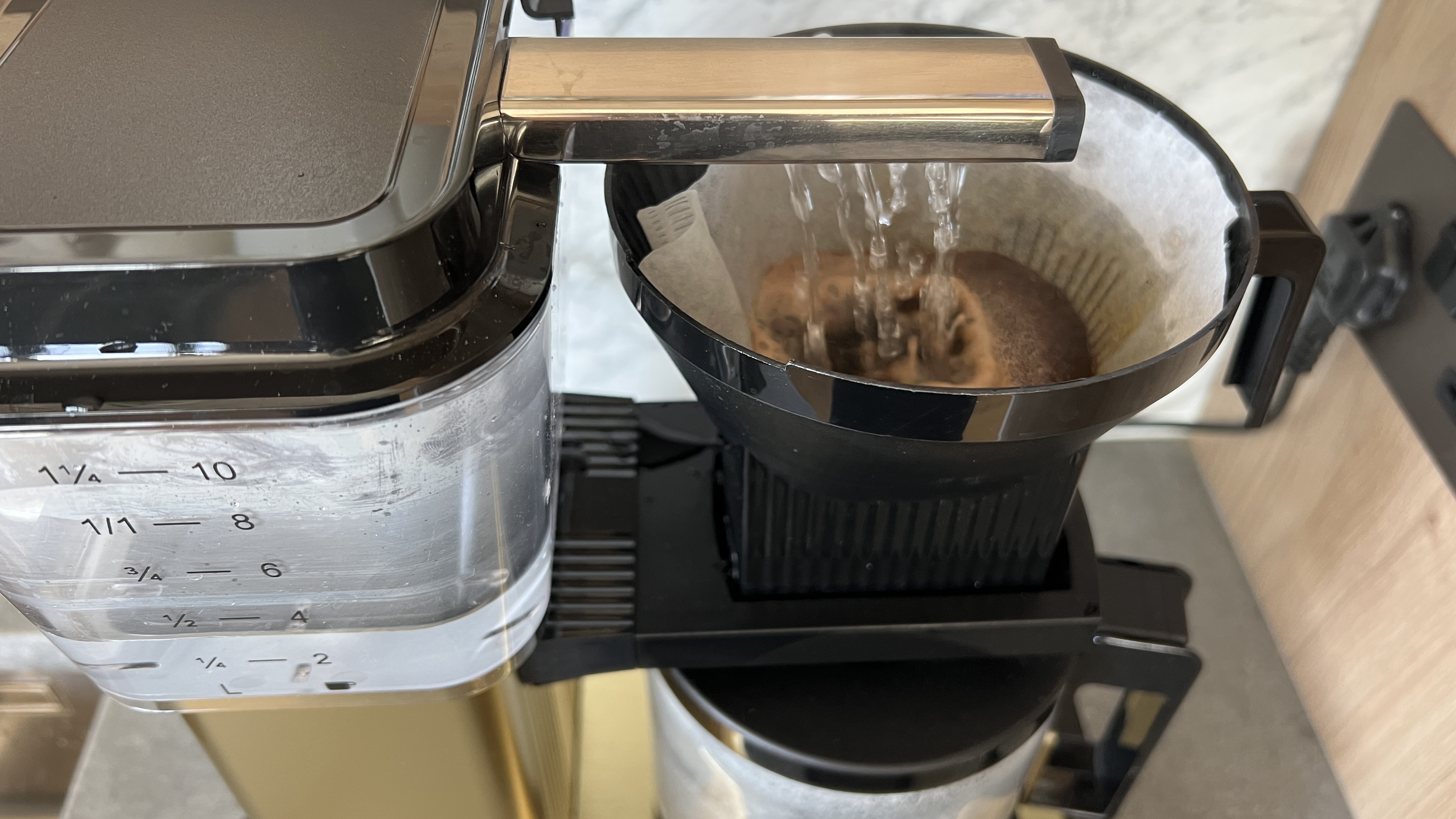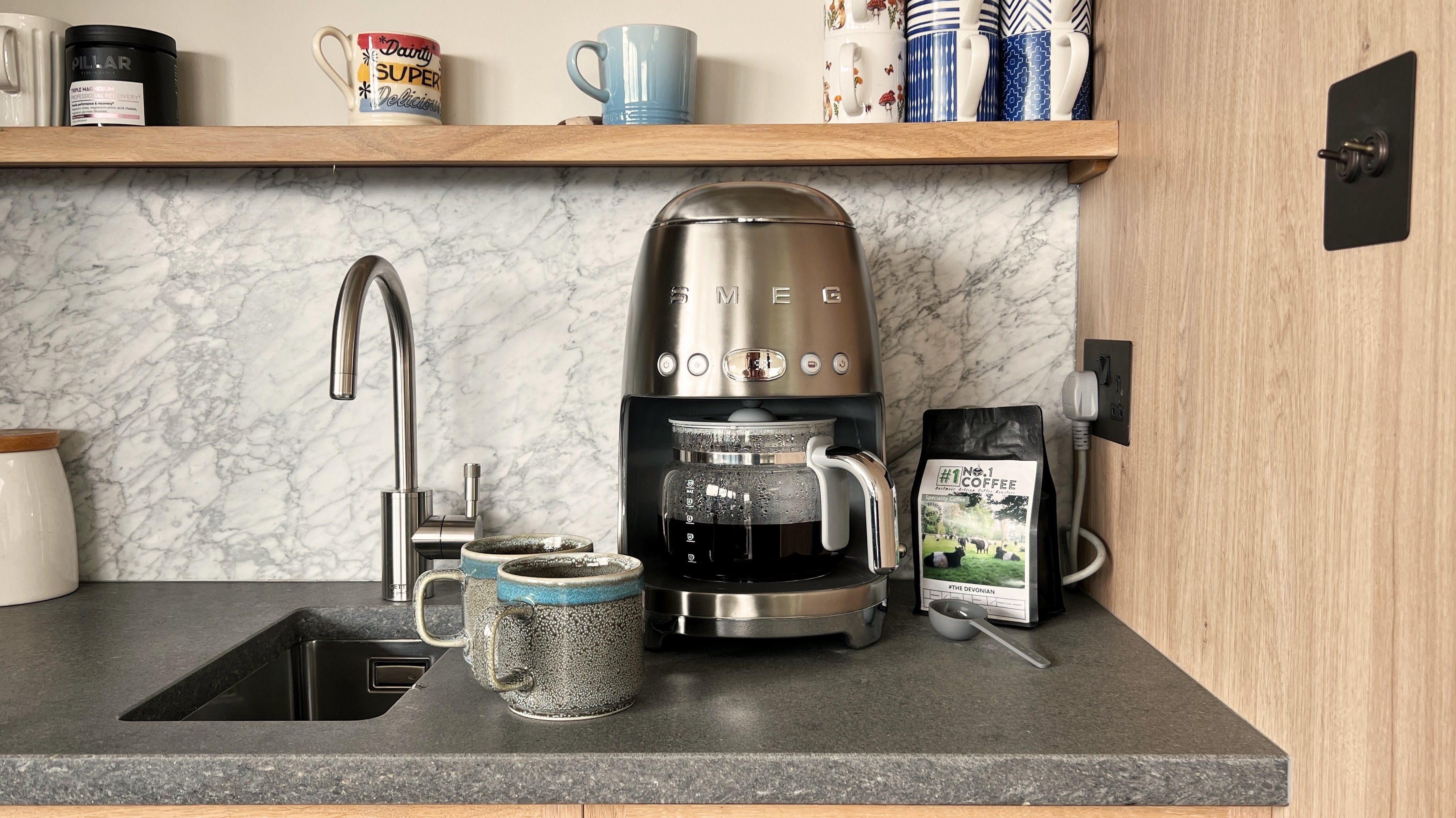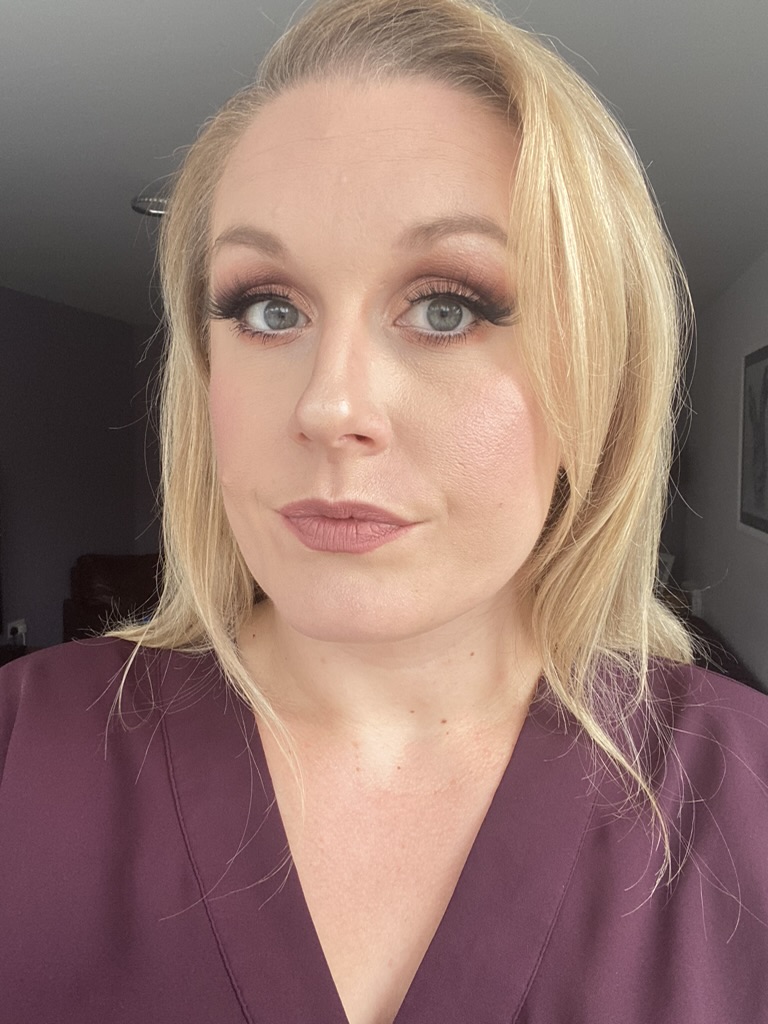Should I buy a drip coffee maker? Experts explain
Great tasting coffee without the hassle

Many of us will be familiar with espresso coffee. It’s found in most major coffee chains and forms the base for everything from macchiatos to cappuccinos. However, when you’re looking for a full coffee experience, you can’t get much better than drip coffee.
For decades, drip coffee has become synonymous with diners and offices but as more of the best coffee maker brands release models, it’s becoming an increasingly common feature in homes. Largely due to its convenience, and the growing availability of high-quality beans and grounds.
If you’re wondering if you should buy a drip coffee machine, or looking to upgrade your machine, we’ve spoken to Celeste Wong, Melitta ambassador and founder of The Girl in the Cafe, and Jee Choe, founder and CEO of Coffee At Three to learn more about what to look for and what to avoid.
What is drip coffee?
Drip coffee applies to any technique where water passes through coffee grounds and drips into a jug or cup below. It's often referred to as filter coffee, or pour-over coffee –although it should be noted there are subtle differences between drip coffee vs pour-over coffee that can stem from the specific methods and equipment used.
Drip coffee is typically how baristas test and taste coffee, known as cupping. It’s how producers and buyers check for quality, and it’s the best way to discover what a coffee really tastes like.
"Flavour profiles are more clear and you get more clarity in a filtered coffee," according to Wong, compared to espresso. "Drip coffee is where you can taste notes of nuts or berries, for instance, and determine its roasting strength. The acidity is much easier to determine in filter coffee too, and this is because coffee is usually roasted specifically for either filter, or espresso meaning there are slightly different technical processes."
In the drip coffee vs espresso debate, drip coffee makers are considered easier to use. They're designed to deliver consistent coffee and are often more compact and portable. The downside is that they don't always offer the same level of customization or range of drink options.
Sign up to receive the latest news, reviews, buying guides and deals direct to your inbox

Celeste is a coffee and lifestyle influencer who has held top positions in artisan cafes around the globe for more than a decade. She was named one of London's top five baristas by The Financial Times and offers consultancy services for cafes and lifestyle brands. Additionally, Celeste has launched her own coffee beans, under her The Girl in the Cafe brand, available online for cafes, offices, and homes.
What kinds of drip coffee makers can I buy?
Drip coffee makers can be categorised as manual or automatic.
Pour-over makers fall within the manual category. They consist of a dripper held above a jug or similar. Hot water is poured manually in swirling motions over coffee grounds using a kettle and the water passes through a filter fitted inside the dripper.
Automatic models typically consist of a water reservoir, a heating element, and a "showerhead" that sits above a basket for the coffee grounds. To make drip coffee on automatic machines, you put coffee grounds into a filter before switching the machine on. Water in the reservoir heats up and is poured – or sprayed – over the grounds. As the water filters through, it causes drops of coffee to drip through to a jug usually positioned on a heated plate below the basket.
Despite all automatic drip coffee makers effectively producing the same outcome, they can vary in complexity and cost.
1. Basic drip coffee makers
These are usually the cheapest and simplest drip coffee makers. They have a straightforward on/off function, water reservoir, filter chamber and hot plate. These machines are usually one step up from a cafetiere or manually pouring the water over the grounds.
2. Programmable drip coffee makers
Programmable drip coffee makers offer the standard features of the basic machines but with the added benefit of being able to set a brewing time up to 24 hours in advance. This means you could start your coffee brewing before you've even woken up, or before you get home from work, so you have a hot cup of joe waiting for you.
"Programmable brewers are a dream for those of us who can't function as proper humans until that first coffee," said Choe. "You can set the brew time so a fresh pot is ready when you stumble into the kitchen."
3. Single-serve drip coffee makers
Single-serve coffee makers are best for people who live alone or regularly make coffee just for themselves. This is because they take many of the features of the standard drip coffee machines but produce a single cup, rather than a jug of coffee each time.
4. Specialty drip coffee makers
Speciality machines are where making drip coffee at home starts to become more complex and sophisticated – although they're still easier to use than most of the best espresso machines. Speciality machines are precisely engineered to mimic the pour-over method, offering a more nuanced flavor extraction. In particular, they often have "showerheads" that rotate or move in circular motions to recreate the manual pouring technique. They also tend to have more precise temperature controls, pre-infusion cycles, and built-in grinders.
5. Smart drip coffee makers
As the latest addition to the drip coffee maker family, smart models can be controlled using an app on your phone. You can customize brew settings, schedule brewing times, and even keep track of how much water or coffee you have left. They take the features of programmable coffee makers up a notch, allowing you to connect your machine to your smart home network and brew coffee using voice commands or similar.
Which are the best brands?
The drip coffee market is largely dominated by brands such as Moccamaster and Melitta. Moccamaster specialises in automatic drip coffee machines and is renowned for its precise Technivorm heating and brewing technology. Its bestsellers include the Technivorm Moccamaster KBGV Select, which comes in a huge range of colours, and the Moccamaster One-Cup Coffee Maker. These are considered speciality drip coffee machines so are on the expensive side, ranging from $200-$400.
Melitta similarly sells a wide range of automatic drip coffee machines. Its programmable Melitta Aroma Tocco Glass Drip Coffee Maker retails for $99, or you can spend $300+ on models such as the Melitta Aroma Fresh Plus model. This drip coffee maker is programmable, makes 10 cups of coffee and has a built-in grinder.
Braun sells mid-range drip coffee makers. The $180 Braun MultiServe Plus, for example, offers hot and cold brewing options and seven brew options.
If you're on a budget, Black+Decker, and Krups machines produce great-tasting drip coffee for a much lower $20-$40 price. Alternatively, if price is less of a concern then you can spend around $600 for Wolf Gourmet drip coffee makers, like the programmable Wolf Gourmet 10-Cup maker. For this extra money, you get built-in scales that weigh coffee grounds as you add them to the brew basket to make sure you have the ideal coffee-to-water ratio.
Then there are coffee "systems" that combine multiple coffee-making techniques in a single machine. These include the Cuisinart Coffee Maker Barista System which lets you create drip, espresso and pod coffee and is compatible with Nespresso capsules, and the Ninja CP307 Hot and Cold Brewed System which makes drip coffee, tea, cold and hot brew drinks, has a milk frother and uses smart features that change the settings based on what type of basket is being.

Should I buy a drip coffee maker?
The decision to buy a drip coffee maker largely depends on your personal taste and lifestyle.
Firstly you need to be "honest with yourself about how much of a coffee lover you are", according to Choe. Even spending $50 on a drip coffee maker you'll barely use will soon feel like a waste of money, let alone spending hundreds of dollars on one.
Secondly, you need to consider what kind of coffee-based drinks you enjoy. If your go-to drinks are cappuccinos or lattes, you're better off spending your money on an espresso machine, or saving it for buying coffee from a shop. It is possible to add milk to the coffee made using a drip coffee machine, but as soon as you add milk to any drink you change its flavor profile and texture.
"All the flavour is in the coffee itself," said Wong. "Once you add milk you’re adding texture and fats and creating a different flavor. This changes the 'mouth feel' and viscosity of the coffee and while this is fine and to each individual's taste, it depends on what you want from your coffee maker."
You then need to factor in size. Not just of the machine itself but of the carafe. "If you're constantly refilling your mug throughout the day, you'll want a bigger carafe size of 12 cups or more," continues Choe. "But if you only drink a cup or two to get going, a smaller 4-6 cup option is fine."
Drip coffee makers rely on gravity to pull the water through the grounds. As a result, some drip coffee makers are tall and thin. This is great for brewing coffee but less ideal if you want, or need, to store your machine under low-hanging kitchen cabinets or inside cupboards.
You also need to factor in the additional costs including the grounds and the filters. If you don't want to use pre-grounded coffee and instead what to grind your own beans, you then need to factor in the cost for these beans. Plus potentially spending extra on a grinder, if the machine you're buying doesn't have one built in.
Finally, Wong believes that many people may be put off by drip coffee machines because they assume the coffee is too strong. "Filter coffee doesn’t have to be strong. In US diners, for example, they may make really strong pots of coffee and use very darkly roasted coffee beans. This is fine if you're a trucker driving long hours but it won't be to everyone's taste. Instead you can control the strength of the coffee by the beans you choose, or the water ratio. This adds much more versatiliy to drip coffee machines than some people realise."

Jee Choe is a coffee specialist, a certified tea sommelier, and the founder and CEO of Coffee At Three, where she shares her knowledge of coffee and her experience as a recipe developer and barista.
Verdict
If you value convenience and consistency, a drip coffee maker is a reliable choice. If you buy one with programmable features, or which offers multiple drinks options, this adds to the convenience even further.
Despite it's seemingly simple design, there is a lot more control and nuance to drip coffee than may first appear, too. Especially when you start experimenting with water ratios, bean type and so on.
However, while you can use milk with drip coffee, if you're a big fan of espresso-based drinks that use milk and foam and sprinkles and more, you'll likely find a drip coffee maker too limiting.
If you're still on the fence, we explain more about how to choose a coffee maker or you can check out the latest coffee maker deals.

Victoria Woollaston, with nearly 20 years of experience, has reviewed gadgets, beauty tech, and household appliances for WIRED, TechRadar, and Expert Reviews. She specializes in critiquing coffee makers and small appliances for Top Ten Reviews. Victoria is also the founder and editor of inclusive beauty and grooming sites mamabella and MBman.
